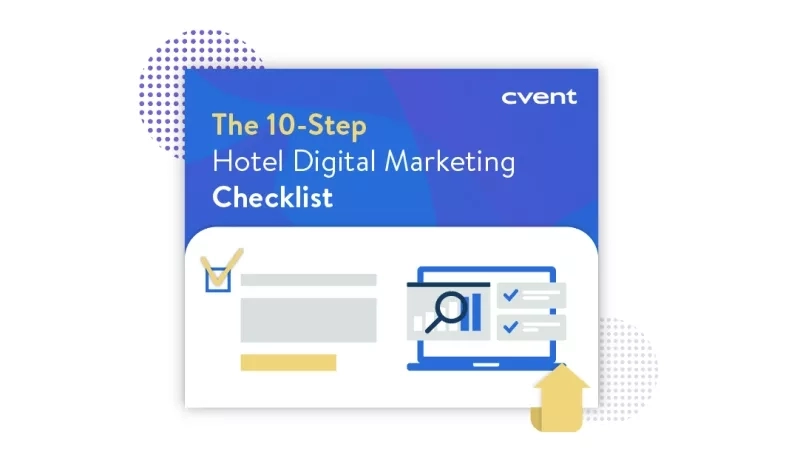As any event or venue professional knows, a lot goes into planning and executing a flawless event. Every player needs to know their part, and it can be a challenge to keep track of all the moving pieces. That’s where a banquet event order (BEO) comes in. Keep reading to find out everything you need to know about banquet event orders for venues.
What is a banquet event order (BEO)?
A banquet event order — commonly referred to as a BEO — is a central document distributed to the entire team involved in executing an event to make sure everyone is on the same page. This includes kitchen and catering staff, bar staff, servers, A/V technicians, setup teams, and anyone else who may be needed. It outlines the role everyone is expected to play and is a line-item list of everything the venue is responsible for.
This document is used by the hotel and the planner to ensure all of the specifics are covered and that everyone knows what is included and expected. A banquet event order should include an itemized list of costs the planner will need to pay. Think of a BEO as a mini-contract, but remember that it doesn't cover everything. It's only used for the purpose of the planner’s use of meeting space and banquet services.
Let us help you grow (and own!) your business
A BEO is typically created by the catering sales manager or event manager whenever the event is planned and finalized. It’s an evolving document that changes over the course of planning the event. When the BEO is finalized, it needs to be carefully reviewed by both the venue and the planner before signing.
What should a banquet event order include?
As mentioned above, a banquet event order is a contract that lists all the important details of an event. All of the information should be organized and grouped under subheadings for easy reading.
The basics are:
- Onsite contact information
- Date of the event
- Rooms/space used
- Start/end times
- Number of attendees
Other categories to cover are:
- Food and Beverage
- Full menu
- How you’ll accommodate the dietary restrictions of attendees
- Detailed breakdown of food prices
- List of alcohol and brands at the bar, if applicable
- Room setup
- Event diagram detailing the room layout, like placement of tables and number of seats per table
- Location of food stations
- Any details related to entertainment, if applicable
An "order of events" section includes the run of show, which, for example, could start with the introduction of the bridal party and end with the cutting the cake or the opening and closing of the bar. A corporate banquet event order won’t typically include this – it’s usually a section reserved for weddings – unless there is a complicated gala or reception.
If you’re providing audio/visual arrangements for the planner, that should be included in the BEO as well – like podiums, microphones, screens, speakers. But if you or the planner is contracting A/V out to a third party, that information will be covered in a separate vendor contract. Your BEO should include details like A/V vendor contact information and arrival times for deliveries and pickup, and any special setup requirements your venue will need to provide for the vendor.
Your BEO should also include a section for terms and conditions, which outlines things like cancellation or rescheduling policies and other important legal stipulations.
Review the BEO with the planner and make sure they understand and agree with everything it contains. Once it is finalized, you’ll both sign off on it at the bottom, and it then becomes a binding contract.
To help make the review process easier on everyone, director of catering for Hilton Cincinnati Netherland Plaza Walter Nemeth recommends that you “take a few minutes and read over the BEO from the perspective of someone who has nothing to do with the event. ... Remember, this is the document the staff will be working from, so it’s important the hotel has all your information correct."
Resources to help with your venue's BEOs:
BEO templates can vary from venue to venue, but each should be organized into distinct sections with headers to make it organized. Planners Lounge offers examples of sample BEOs so you can see what planners expect and how to present the information.
Cvent Sales & Catering CRM makes it easy to create custom contracts and BEOs. Leads come in automatically from the Cvent Supplier Network (CSN) and you can book and execute events all in one place. It also gives you the flexibility to review and revert to previous versions of BEOs – because sometimes plans change.
Now you know more about BEOs!
A banquet event order is crucial when it comes to event communication, and it's vital that yours include all pertinent information to ensure that everyone is on the same page.
Up next, check out tips to help prevent employee burnout.





